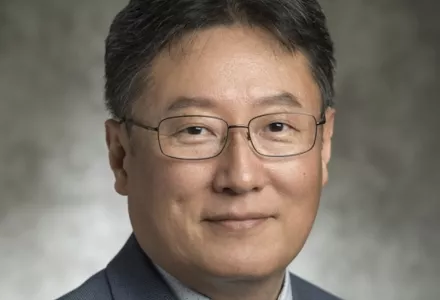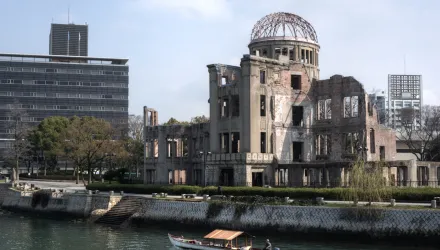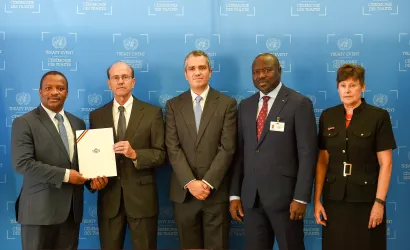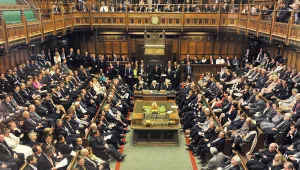After nearly 30 years at the U.S. Department of Energy’s national laboratories developing technology solutions, Dr. Brent K. Park spent the last three years helping to formulate and implement national security policies at the National Nuclear Security Administration (NNSA). He will discuss a few examples from the realms of arms control and nuclear safeguards to show how the policies push technology development as well as technology solutions guiding policy work.
Dr. Brent K. Park was NNSA's Deputy Administrator for Defense Nuclear Nonproliferation from March 2018 until January 2021. He lead and coordinated NNSA's efforts to prevent nuclear weapons proliferation and reduce the threat of nuclear and radiological terrorism around the world.
Dr. Park is a nuclear physicist with extensive experience in congressional and executive branch interactions. At NNSA, he collaborated with and advised representatives of the U.S. national defense, homeland security, and intelligence communities in the application of advanced technologies to fulfill national security missions. Prior to joining NNSA, Dr. Park served as Associate Laboratory Director at Oak Ridge National Laboratory (ORNL), leading the science-to-application efforts for the laboratory’s national security programs.
Before joining ORNL, Dr. Park was the director of NNSA’s Remote Sensing Laboratory, where he led efforts to advance and field cutting-edge diagnostics and communications instruments in support of counterterrorism and radiological incident response for the nation. Earlier, he managed and contributed to basic and applied research programs at Los Alamos National Laboratory (LANL) in the areas of defense nuclear nonproliferation, nuclear emergency search team activities, modeling and analysis for nuclear weapons engineering efforts in support of stockpile stewardship, nuclear weapons physics, and basic physics research.
Dr. Park earned a bachelor’s degree in physics and mathematics from Illinois State University and a master’s degree in physics with an emphasis on remote sensing at Indiana State University. Later he shifted the direction of his research to nuclear physics and earned a second master’s degree at Indiana University. He performed his thesis experiment using the spallation neutron source at LANL and earned a doctorate in physics from Ohio University.




